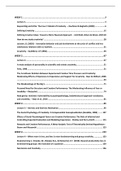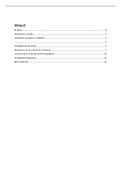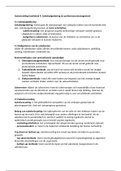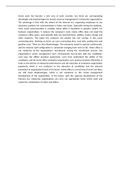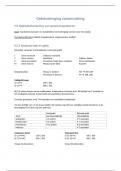Samenvatting
Extensive summary for creativity and innovation in organizations (including lecture notes, images, models)
- Instelling
- Rijksuniversiteit Groningen (RuG)
This is a very extensive summary of the course creativity and innovation. Lecture notes are included as well as a table of contents at the beginning. If you do not want to read the whole article, most articles have a short summary at the beginning. Whatever you need for this course, you can look it...
[Meer zien]
